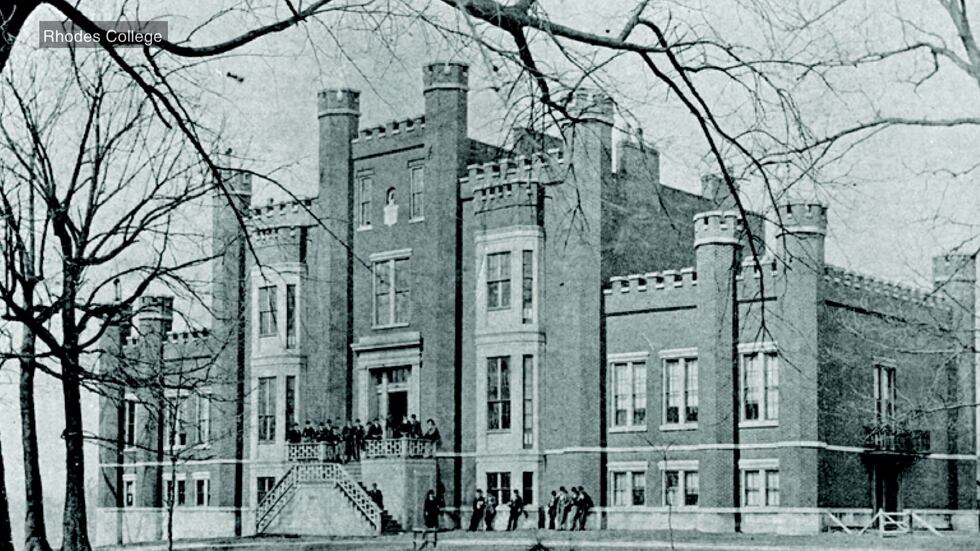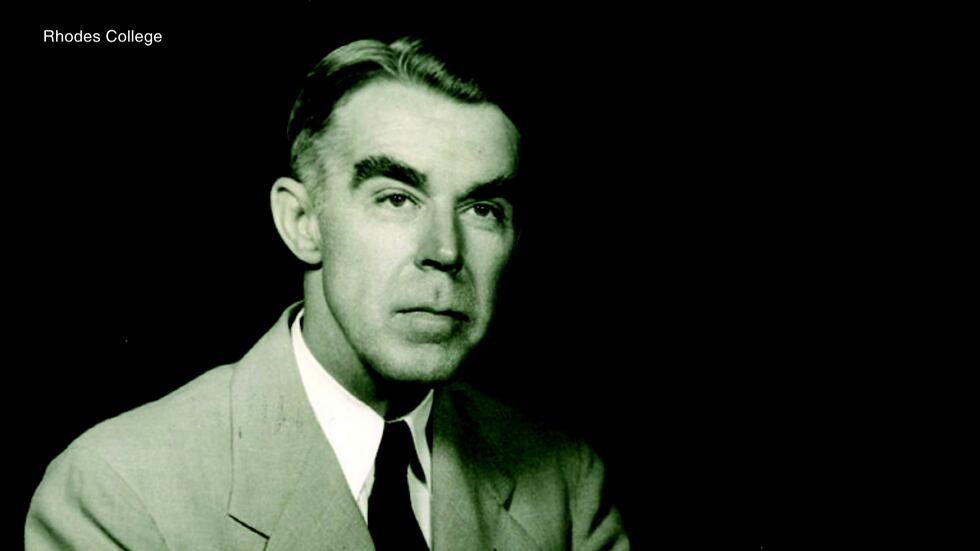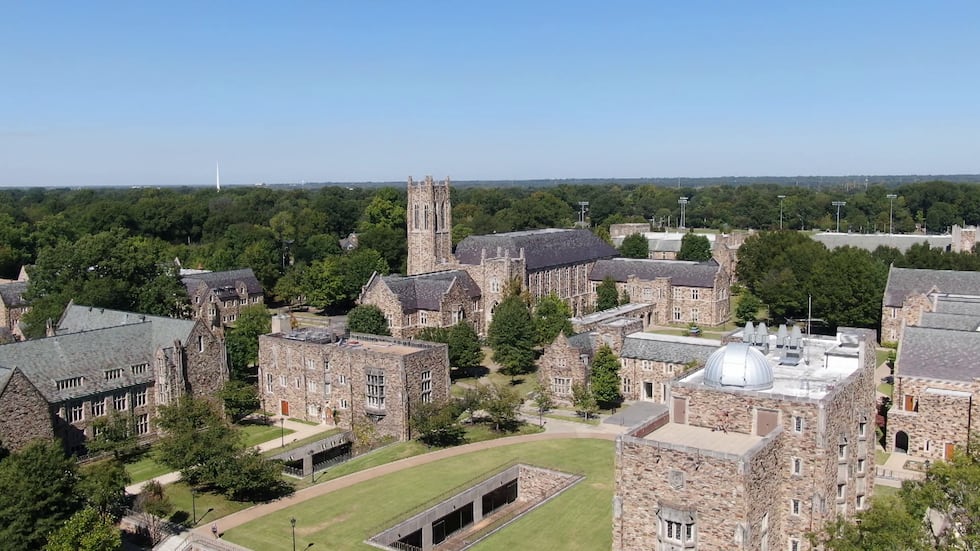5 Star Stories: 175 years of learning at Rhodes College
MEMPHIS, Tenn. (WMC) - The subject of this week’s 5 Star Story is an institution of higher learning with some stories to share. U.S. Supreme Court Justices, Bronze Star Medalists, generals, and even Pulitzer Prize-winning authors are among the list of graduates.
And the campus of the nationally ranked liberal arts and sciences college is often regaled as one of the most beautiful. The bell tolls from the tower as we begin our tour with Rhodes College Associate Library Director/Archivist Bill Short who explained, “It rings the hour, the half-hour, it peals at big occasions. So, it is the voice of the campus.”
Tuned to an “A minor,” the campus “voice” can be heard across the 123 acres of the lush park-like Midtown setting just off North Parkway near Overton Park and the Memphis Zoo.
“You know, as they say... a place is about its stories,” said Short.

And there are plenty of stories from Rhodes’ 175-year history, and Short seems to know them all.
“The stones in our buildings come from the places they’ve come from for all these years. The limestone comes from Indiana, the sandstone comes from Bald Knob, Arkansas. We used to have our own quarry that’s been worked out. It’s actually a highway now. But we still get the same sandstone from the same vein in the same mountain range,” he explained.
Even the slate for each building’s roof is specific.
“And the slate, the seven colors of slate we get come from Vermont, they’re all exactly at a 52 pitch. The maintenance that we have not spent on this type of roofing is amazing,” he added.
There’s also the story of when the author of The Glass Menagerie, one of the foremost playwrights of the 20th century, visited the school’s first library on the top floor of Southwestern Hall before he changed his name to Tennessee — Tennessee Williams, that is.

According to Short, “In his time here, he came across a play by Anton Chekov and it changed his life. It was sort of an epiphany. He had planned to be a poet.”
Another tale worth sharing is that of the Richard Haliburton Memorial Tower, home to the school’s administrative offices. The 140-foot tower was built in 1962 in memory of the Memphian-turned-world-renowned travel and adventure writer who was lost at sea in 1939.
“We’re not sure, but we think he might have been one of the inspirations for the Indiana Jones character,” Short speculated.
The college’s origin story actually begins in 1848 in Clarkesville as the Masonic University of Tennessee, after Short said the Masonic Order of Montgomery County decided to build a college.
Women were allowed to enroll in 1917, and by 1925, then-president Charles Diehl orchestrated the move to the Bluff City.

Short said his influence still felt to this day at Rhodes College. There’s even a statue on campus in his honor.
“This man’s thinking and planning is still in effect today. We still have classes where the ratio, at least as students have chosen to major, is one professor to 11 students. It’s a tutorial style. We teach individuals,” he described.
And the college brought more than just classes to what was once dairy farmland. As Short explained while pointing to two rows of statuesque trees, “We brought these oak seedlings, they’re now almost 100 years old. As you can see, they go all the way down to North Parkway. We have been so sentimental about our trees that we often design buildings to go around them.”
By 1945, the college was renamed Southwestern at Memphis. Diehl retired three years later and was succeeded by a man who worked out of the Kennedy Science building.
Former physics professor Peyton Rhodes, the college’s current namesake, served as president from 1949 until 1965.

“He retires but remains on campus until 1984. He spent literally his lifetime here,” Short expressed.
During Rhodes’ presidency, the college admitted its first black students and increased enrollment from 600 to 900. Rhodes College now hosts roughly 2,000 students from more than 63 different countries.
“And that learning takes place not only in the classroom but also as they are experiencing life together. Whatever they’re doing together, they learn each other’s cultures and they learn so much that we know that becomes very helpful in their later life,” he added.
The Rhodes aesthetic makes the campus a place like no other. All of the buildings intentionally share the same collegiate gothic style, as mandated by the board of trustees in 1984, which was about the same time the school was renamed Rhodes College and continued to grow from the original five campus buildings.
“We now have over 40 buildings, 18 of which are on the National Register of Historic Places,” Short boasted.

The Paul Barrett, Jr. Library is the newest — a cathedral-like, state-of-the-art facility built in 2005 thanks to another gift from the Burrow family, who also built the college’s first free-standing library.
The golden stars on the ceiling of a section of the library also tell a story along with the constellation of the lynx which is also the school’s mascot.
“They’re actually in the exact position of the stars and the planets over the college the first day we offered classes, January 1, 1848,” explained Short.
The 175 years of tradition at Rhodes College was founded on stories from the past and focused on leaders of the future.
For more information about the school, click on this link.
Click here to sign up for our newsletter!
Click here to report a spelling or grammar error. Please include the headline.
Copyright 2023 WMC. All rights reserved.








